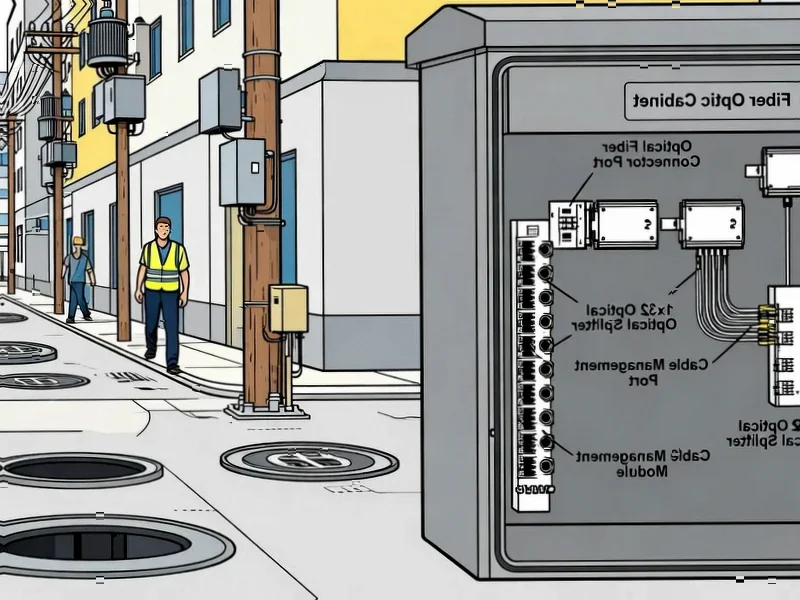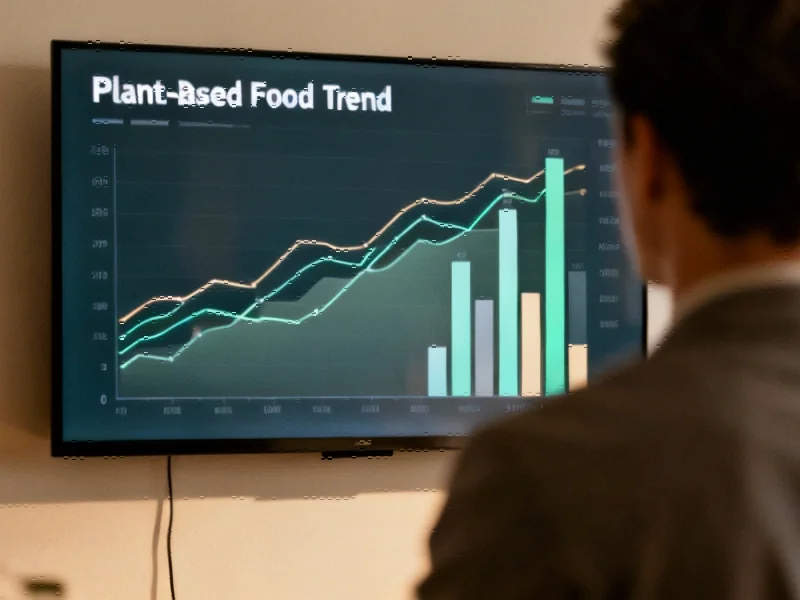According to Financial Times News, bond markets have transformed with algorithmic trading enabling millisecond Treasury trades and corporate bond transactions that now resemble high-frequency equity trading. Despite this automation surge, electronic trading volumes have plateaued at about 50% for corporate bonds and 60% for Treasuries in recent years. The percentage of US bonds not trading on any given day dropped from nearly 30% in 2015 to just 10% by 2025, while price shock absorption accelerated from over 10 days in 2002 to just two days currently. Block trades exceeding $5 million conducted via voice brokers have actually grown larger than ever, creating a market where humans and machines operate side-by-side rather than in opposition.
The speed paradox
Here’s the fascinating thing about all this automation. You’d think faster electronic trading would eliminate the need for human brokers entirely. But it’s had the opposite effect. When algos handle all the small, routine trades efficiently, they actually free up human traders to focus on the complex, bespoke deals that really matter.
Think about it this way. Credit markets are inherently messy. Every corporate bond has its own story – covenants, maturity dates, issuer-specific risks. You can’t just treat them like interchangeable widgets. When markets get volatile or you’re trying to move a $20 million block, traders want someone who understands context, not just an algorithm quoting the midpoint. The human element becomes more valuable, not less.
The liquidity illusion
All this electronic trading creates what I’d call a liquidity mirage. Sure, you can trade small sizes instantly now. But that doesn’t mean the market has infinite depth. The algos have compressed bid/offer spreads and flattened volatility by about 5-7% according to Barclays analysis. Bonds start moving in herds rather than on their individual merits.
And there’s a real danger here. When everything moves together and mispricings get harder to spot, you’re basically creating conditions for bigger, more synchronized crashes. Fast liquidity isn’t necessarily better liquidity – it’s just faster. Sometimes you need that slower, more deliberate price discovery that only comes from human negotiation.
Equity envy gone wrong
For years, everyone assumed bonds would become more like equities. But we might have gotten this backwards. Some equity traders are actually starting to whisper about moving toward bond-style trading – more bilateral chats, off-venue deals, actual human interaction.
Look at what’s happening in equity markets. The algo arms race has created signals that evaporate faster than a trader’s conviction. Everyone’s chasing the same patterns simultaneously. Meanwhile, bond traders figured out something crucial: execution can’t be purely equity-style when the underlying market isn’t. Credit will always be too idiosyncratic for complete automation.
The human edge in machine time
So where does this leave us? We’re not looking at voice versus machine anymore. It’s voice with machine. The algos handle the high-volume, low-complexity stuff while humans focus on the big, complicated trades that require judgment and relationship capital.
The bond market’s future isn’t about choosing between humans and algorithms. It’s about recognizing that each has strengths the other lacks. In a market moving at machine speed, human judgment becomes the ultimate competitive advantage. The phones aren’t going away anytime soon – they’re just getting used for more valuable conversations.




